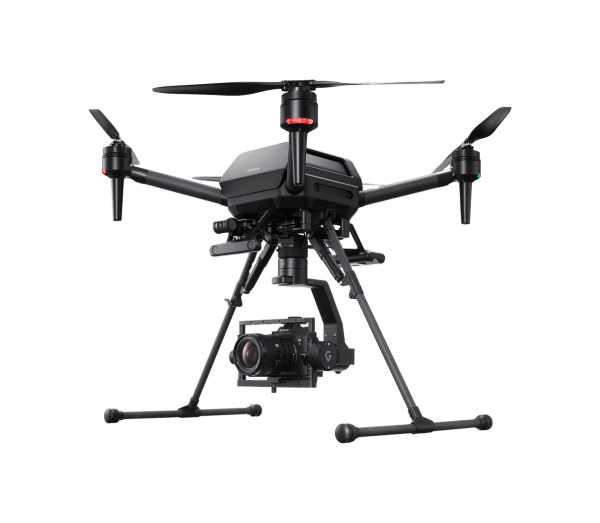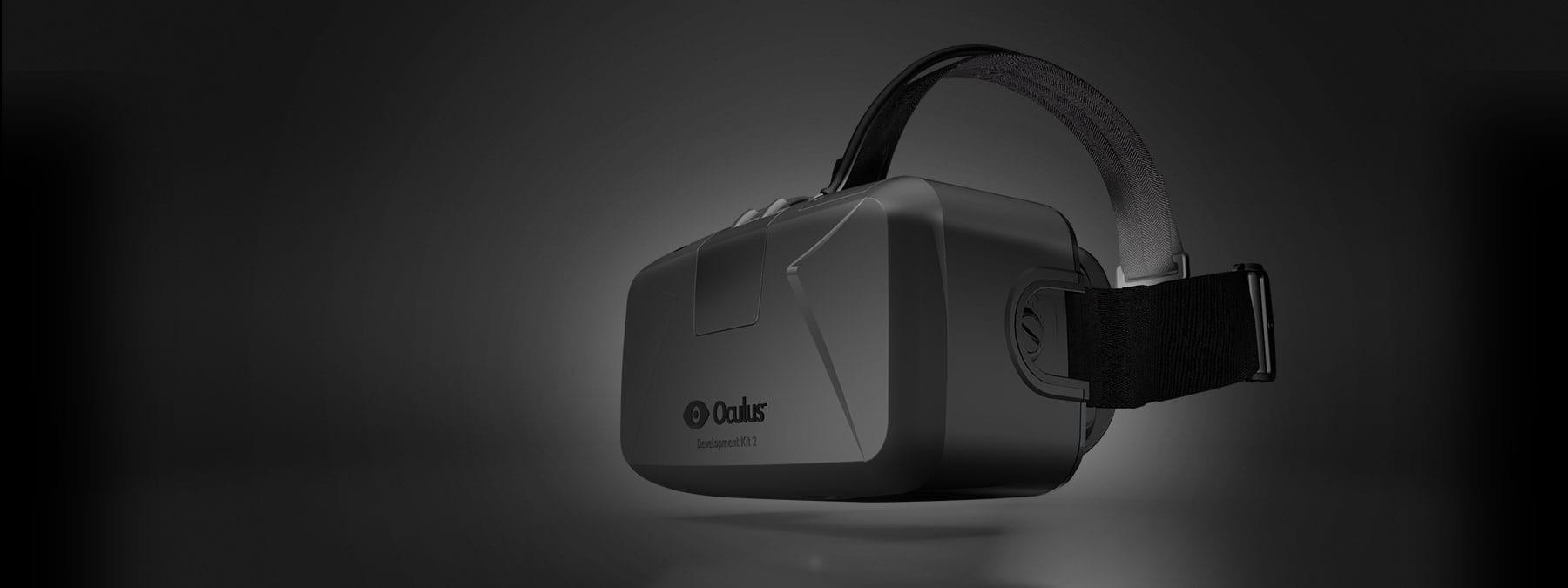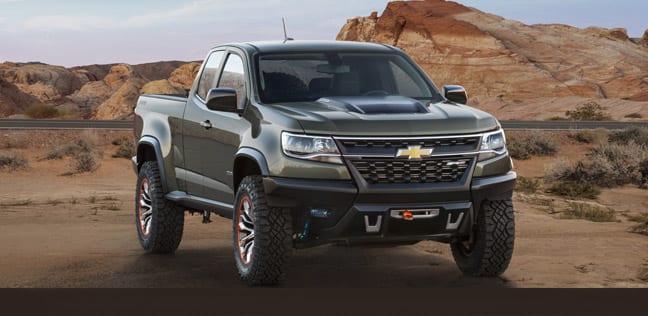Drones have grown over the years (both literally and figuratively) as a carrier for cameras used by video production crews. Initially, most of them were small and could only carry absurdly tiny cameras with poor video quality. The high quality cameras used by professionals are usually enormous and heavy.
This is one of the reasons that film crews have historically carried their cameras via helicopters to obtain aerial footage. That has been changing over the years as drones have gotten bigger and more powerful. Some of them are equipped with decent built-in cameras such as the DJI Mavic series, and some are built to carry existing cameras — like the new Sony Airpeak S1.
The Sony Airpeak S1 can carry up to 5 pounds of camera equipment, making it suitable for full-sized mirrorless cameras. That means you can use it to obtain high quality drone footage with all the customization benefits of using existing cameras. It can also achieve a top speed of 55.9 mph, but can only fly for 12 minutes per charge. In the video above, the drone is shown withstanding wind speeds over 17 metres per second (38 mph).

Image credit: Sony.
Impressive robotics technology (its gimbal) has enabled the Airpeak S1 to tilt the camera and achieve a high level of stability, even in adverse conditions. The camera carries a price tag of $9,000, which means that most individual photographers and enthusiasts won’t be buying that.
However, those who do video production professionally could justify purchasing it much more easily, especially if their revenue is high. Another use case is for people who need to capture drone footage in windy or other adverse conditions. Drone stability is a challenging issue in such scenarios.







